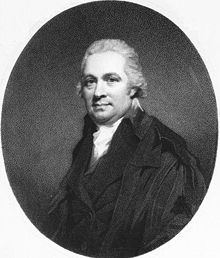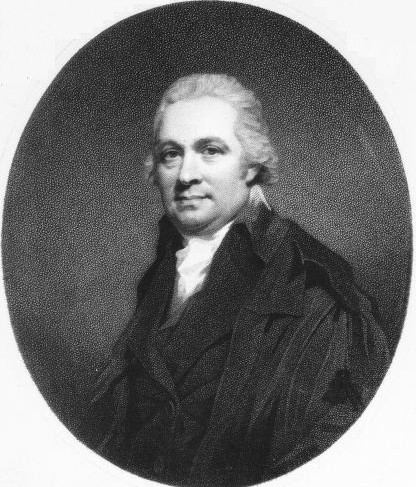Nationality Scottish Name Daniel Rutherford Author abbrev. (botany) Parents John Rutherford | Discovered Nitrogen Known for Nitrogen Role Physician Fields Chemistry | |
 | ||
Institutions Physician in Edinburgh (1775-86)Professor of Medicine and Botany, Edinburgh University, and Keeper of the Royal Botanic Garden, Edinburgh (1786-1819)King's Botanist in Scotland (1786-)Physician at the Edinburgh Royal Infirmary (1791) Died November 15, 1819, Edinburgh, United Kingdom Similar People Joseph Black, Henry Cavendish, Antoine Lavoisier | ||
Epic rap battles of chemistry hans goldschmidt v daniel rutherford
Daniel Rutherford (3 November 1749 – 15 December 1819) was a Scottish physician, chemist and botanist who is most famous for the isolation of nitrogen in 1772.
Contents
- Epic rap battles of chemistry hans goldschmidt v daniel rutherford
- Early life
- Isolation of nitrogen
- References

Rutherford was the uncle of the novelist Sir Walter Scott.
Early life
The son of Professor John Rutherford (1695–1779) and Anne Mackay, Daniel Rutherford was born in Edinburgh on 3 November 1749. He left home at the age of 16 to go to college. He was educated at Mundell's School and Edinburgh University (MD 1772).
Isolation of nitrogen
Rutherford discovered nitrogen by the isolation of the particle in 1772. When Joseph Black was studying the properties of carbon dioxide, he found that a candle would not burn in it. Black turned this problem over to his student at the time, Rutherford. Rutherford kept a mouse in a space with a confined quantity of air until it died. Then, he burned a candle in the remaining air until it went out. Afterwards, he burned phosphorus in that, until it would not burn. Then the air was passed through a carbon dioxide absorbing solution. The remaining component of the air did not support combustion, and a mouse could not live in it.
Rutherford called the gas (which we now know would have consisted primarily of nitrogen) “noxious air” or “phlogisticated air”. Rutherford reported the experiment in 1772. He and Black were convinced of the validity of the phlogiston theory, so they explained their results in terms of it.
He was a professor of botany at the University of Edinburgh and the 5th Regius Keeper of the Royal Botanic Garden Edinburgh from 1786 to 1819. He was President of the Royal College of Physicians of Edinburgh from 1796 to 1798.
His pupils included Thomas Brown of Lanfine and Waterhaughs.
